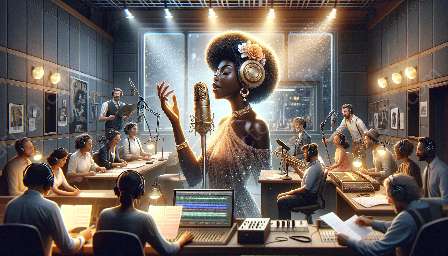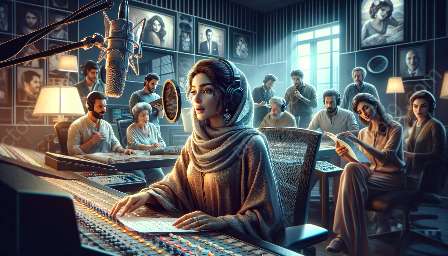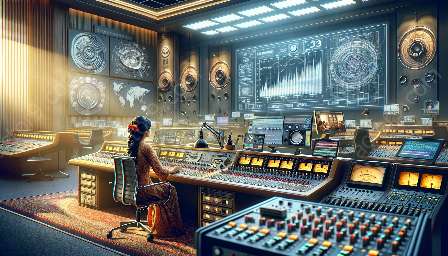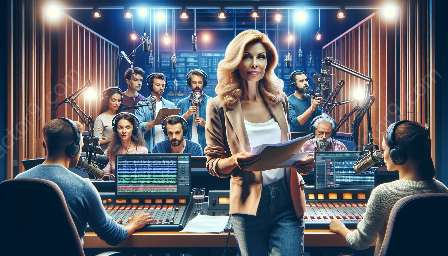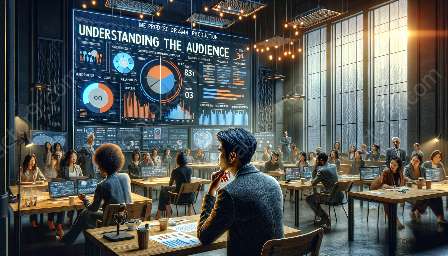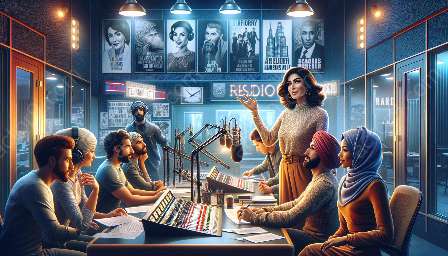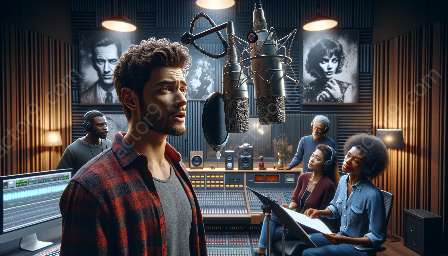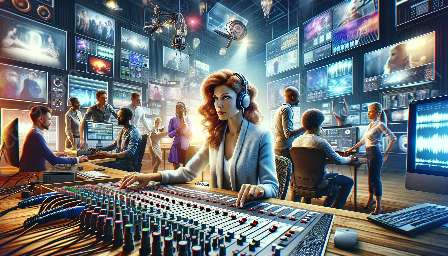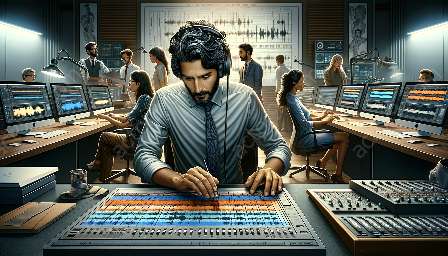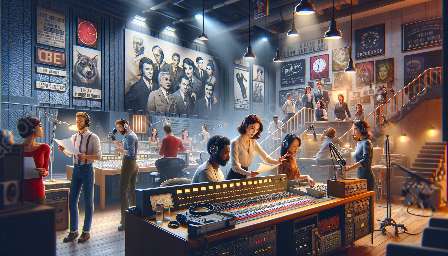Radio drama production has undergone a significant transformation with the evolution of sound synthesis technologies. These advancements have revolutionized the way audio storytelling is crafted, enhancing the sensory experience for listeners and expanding the creative possibilities for producers.
Understanding Sound Synthesis
Sound synthesis is the process of creating sound electronically, typically using electronic hardware or software. It involves generating and manipulating audio signals to produce various sounds, ranging from traditional musical tones to complex soundscapes and effects.
Impact on Radio Drama Production
The integration of advanced sound synthesis techniques has had a profound impact on radio drama production. By enabling the creation of immersive and realistic auditory environments, these advancements have elevated the quality and richness of storytelling in radio dramas.
Realism and Immersion
One of the most significant advancements is the ability to replicate realistic sounds and environments through synthesis. This has allowed radio drama producers to transport listeners to a myriad of settings, from bustling city streets to serene natural landscapes, all achieved through the manipulation of synthesized sound.
Enhanced Creativity
Sound synthesis has empowered producers to unleash their creativity by offering a wide array of tools and techniques for crafting unique and captivating audio experiences. From creating otherworldly soundscapes to integrating dynamic sound effects, the possibilities for storytelling have expanded exponentially.
Efficiency and Flexibility
Modern sound synthesis technologies offer unprecedented efficiency and flexibility in the production process. Producers can manipulate and customize sounds with precision, adjust parameters in real-time, and seamlessly integrate synthesized audio elements into their productions.
Technology Used in Radio Drama Production
Radio drama production relies on a combination of traditional recording equipment and cutting-edge sound synthesis technologies to bring stories to life through audio. The following are some of the key technologies and tools utilized in the production process:
- Digital Audio Workstations (DAWs): DAWs serve as the central hub for recording, editing, and mixing audio content in radio drama production. They provide a comprehensive set of tools for manipulating and arranging synthesized and recorded sounds.
- Virtual Instruments and Synthesizers: These software-based instruments allow producers to generate a wide range of musical tones and sound effects through synthesis. They offer an extensive palette of sonic possibilities, from classic analog emulations to futuristic digital sounds.
- Surround Sound Processing: To create a truly immersive listening experience, surround sound processing technologies are used to spatially position sounds within a 3D audio environment. This enhances the sense of depth and realism in radio dramas.
- Field Recording Devices: Producers often venture into the field to capture authentic sounds for their productions. Field recording devices, along with high-quality microphones, play a crucial role in gathering raw audio material for synthesis and manipulation.
Conclusion
The advancements in sound synthesis have undoubtedly revolutionized radio drama production, offering a dynamic toolkit for shaping the auditory world of storytelling. As technology continues to evolve, radio drama producers will continue to harness the creative potential of sound synthesis to captivate audiences and immerse them in captivating audio narratives.

